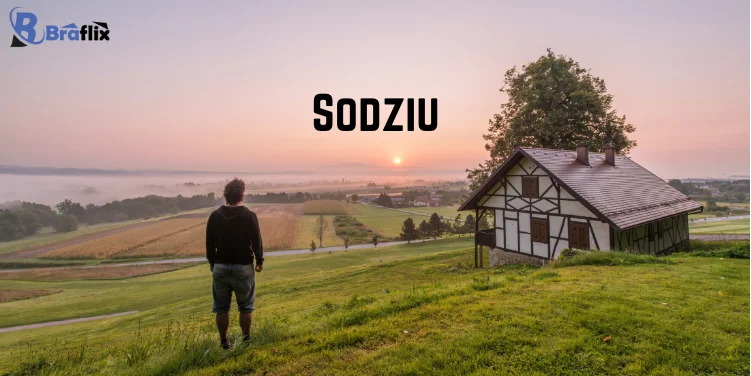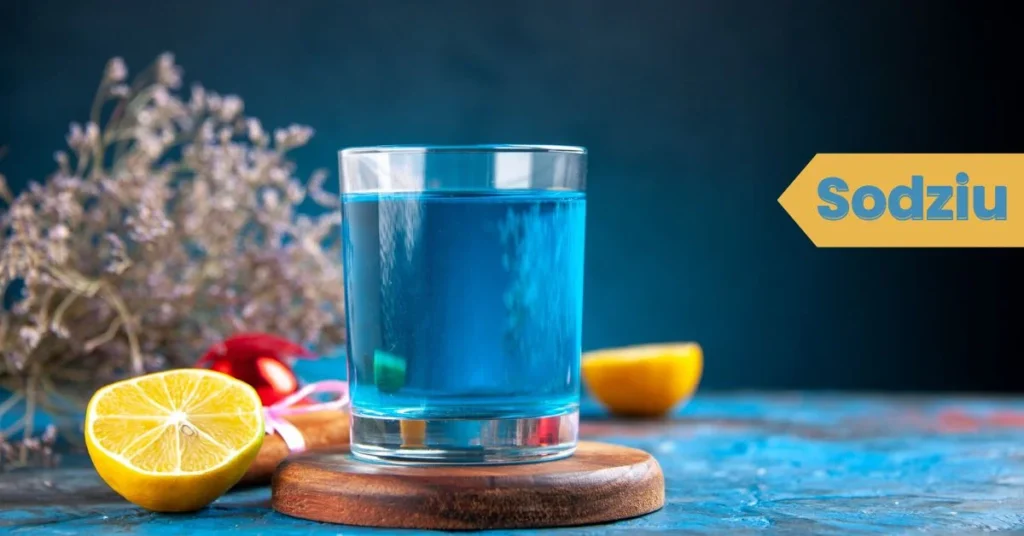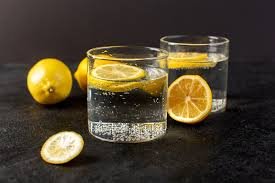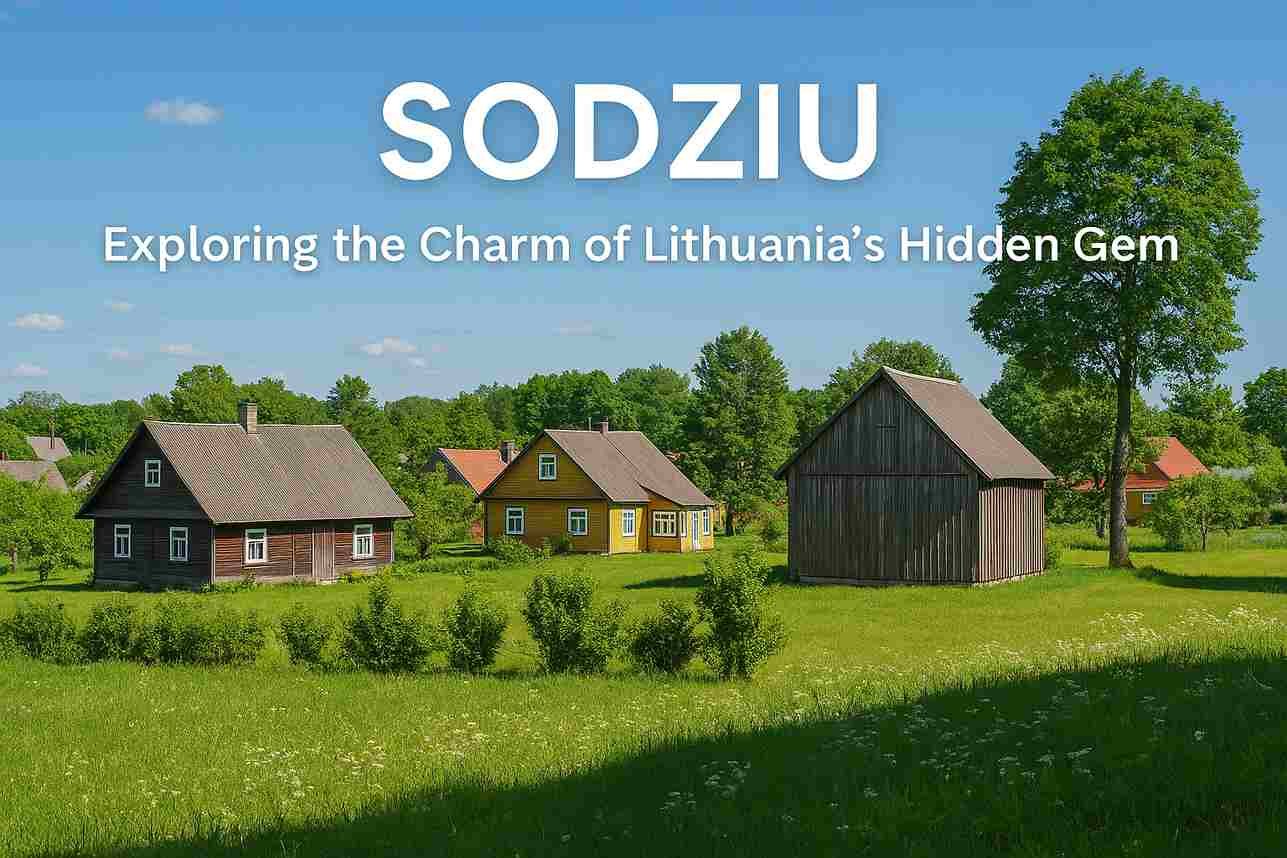Sodziu is much more than a festival or beverage, it’s a living symbol of community, heritage, and tradition that remains relevant in modern Lithuania and beyond. In this complete guide you will explore what Sodziu is, its ancient origins, how it’s celebrated today, the traditional drink recipe, food customs, music and dance, digital resurgence, global reach, preservation efforts, and how anyone can experience it firsthand.
What Is Sodziu? Definition & Origins
Sodziu literally refers to a rural homestead or traditional Lithuanian village (often “sodyba” in standard Lithuanian, locally called sodžiu/sodybos). These were communal farmsteads deeply embedded in agricultural and spiritual life. Historically, they represented simplicity, rhythm with nature, and cultural continuity.

Originally rooted in pagan and agrarian rituals, Sodziu embodied seasonal celebrations, harvest blessings, solstice gatherings, and ancestral offerings. Over centuries, the tradition evolved while maintaining its core values of unity, storytelling, and rural identity.
Historical and Cultural Roots of Sodziu
In pre‑Christian Lithuania, sodžiu communities honored deities of earth, sun, and forest through collective rituals and ceremonies. These small settlements served as cultural preserves of folklore, dialects, and seasonal festivals.
During foreign occupations and Soviet collectivization, these villages endured, often preserving traditions underground or as silent resistance. In recent decades, many Lithuanians have returned to their ancestral sodžiu to revive ancestral architecture, midsummer gatherings, and eco‑agricultural lifestyles.
Traditional Celebrations: Rituals, Symbolism, and Community Life
Sodziu celebrations typically follow natural cycles:
- Midsummer (Joninės): gathering around bonfires, making floral wreaths, singing folk songs
- Harvest festivals: giving thanks and sharing communal feasts
- Ancestral rituals: storytelling by elders, offerings by sacred groves, seasonal blessings
Clothing and rituals carry symbolism: embroidered motifs representing life cycles, circular dances embodying unity, and songs invoking local legends. Elders act as knowledge keepers, passing songs, herbal lore, and dance to younger generations.
Sodziu as a Fermented Drink: Recipe, Variations & Benefits
Sodziu also refers to a traditional fermented drink made from grains such as millet, corn, or rice. This adapted interpretation appears in some cultures (including within Lithuanian diaspora) and sometimes blends with African or Baltic practices.

Classic Sodziu Recipe
- Ingredients: water, sugar, fermented grain starter (corn, millet)
- Process:
- Boil water with sugar; cool to room temperature
- Stir in starter grains; cover and ferment 24 hours
- Strain (if desired) and serve chilled
Variations:
- Ginger Sodziu: fresh ginger juice for flavor
- Mint or herbal variant: lighter, refreshing taste
- Fruit‑infused: mango, lemon, hibiscus for tropical notes
Health‑wise, Sodziu is probiotic‑rich, low in calories, and naturally hydrating—a fermented beverage packed with B-vitamins and digestive benefit.
Traditional Foods & Feasts at Sodziu Gatherings
During Sodziu festivals, several traditional dishes bring communities together:
- Plov, samosas, and honey desserts like baklava‑style pastries
- Herbal teas, fermented vegetables, black rye bread (juoda duona)
- Meals are typically shared family‑style; elders receive first servings as a mark of respect.
These foods reflect cultural symbolism, grains for fertility, sweetness for celebration, and communal meals as a reflection of unity.
Music, Dance & Folklore: The Cultural Fabric of Sodziu
Music and dance infuse life into Sodziu gatherings:
- Instruments like folk drums, balalaika‑style string instruments, and flutes
- Songs recount legends (forest spirits, harvest myths, ancestry), passed down orally
- Group dances encourage participation across all ages, reinforcing tradition and identity
Costumes with embroidered motifs and circular dance formations symbolize continuity and cultural cohesion.
Digital Evolution: How Sodziu Is Thriving Online
In recent years, Sodziu has found new life through digital media:
- TikTok, Instagram, and YouTube host content tagged #Sodziu celebrations, recipe videos, and crafting tutorials
- Virtual workshops teach weaving, fermented drink recipes, and folk dance to global audiences
- Influencer collaborations and heritage campaigns bring visibility, while raising concerns about authenticity dilution
Digital storytelling helps preserve Sodziu culture, but preserving deep-rooted meaning remains critical.
Global Reach: Diaspora, Tourism & Cross‑Cultural Celebrations
These events not only serve as nostalgic reconnections for the diaspora but also act as platforms to educate younger generations about their roots. With social media playing a vital role, many Sodziu-themed celebrations are now live-streamed globally, strengthening community bonds and sparking wider interest. As global curiosity around indigenous cultures grows, Sodziu stands poised to influence multicultural dialogues worldwide.

Preservation Challenges & Strategies
Sodziu faces challenges including:
- Growing disconnect among youth from ancestral rituals
- Urban migration diluting rural traditions
- Commercialization of heritage and digital misrepresentation
Preservation strategies:
- Government and NGO support for heritage villages
- Cultural education in schools
- Restoration grants and volunteer builds
- Artist-in-residence programs and storytelling platforms
How You Can Experience Sodziu Yourself?
Even if you’re not Lithuanian, experiencing Sodziu firsthand is easier than you might think—and incredibly rewarding. Whether you’re after authentic culture, soulful traditions, or unique tastes, there are plenty of ways to dive in:
- Stay in a traditional sodyba (homestead): Many rural Lithuanian villages open their homes to guests during Midsummer festivals like Joninės. You’ll experience folk music, bonfire rituals, and traditional meals in the heart of the countryside.
- Join virtual or in-person workshops: From learning how to weave straw decorations to baking ancient rye bread or mastering the dances of Dainos, you’ll find countless opportunities online or through Lithuanian cultural centers.
- Try making Sodziu drinks at home: Traditional honey-based Sodziu beverages, similar to mead, can be crafted with simple ingredients. It’s a great way to get a literal taste of the culture.
- Connect with a local Lithuanian diaspora group: Many cities around the world have Lithuanian clubs that host public events. These communities are incredibly welcoming and often offer chances to participate in seasonal festivals, music circles, and heritage classes.
- Attend a Sodziu-inspired festival abroad: Lithuanian diasporas in the U.S., Canada, and the UK host summer solstice festivals, art fairs, and heritage days where Sodziu customs come to life.
Conclusion
Sodziu embodies a holistic way of life, anchoring people in cultural values, shared rituals, and ancestral memory. It bridges past and present through celebration, food, drink, music, and digital meaning-making. Whether experienced in a rural Lithuanian village or recreated in your kitchen, Sodziu offers a profound connection to heritage, to community, and to the rhythms of nature.
FAQs About Sodziu
Q: What is Sodziu?
A: A traditional Lithuanian homestead community, and also a fermented beverage interpreted in some modern contexts, symbolizing heritage, agriculture, and communal celebration.
Q: Is Sodziu still celebrated today?
A: Yes, both in Lithuania and abroad via cultural groups, eco‑tourism, and digital celebrations.
Q: Can I make Sodziu drink at home?
A: Yes, using millet or corn starter, sugar, and fermentation techniques, similar to water kefir or kvass.
Q: What foods are associated with Sodziu festivals?
A: Dishes like plov, samosas, rye bread, pastries, herbal teas, foods that symbolize community and seasonal abundance.
Q: How does Sodziu survive in modern times?
A: Through cultural preservation, returning youth, eco‑tourism, educational programs, and digital storytelling, all honoring tradition while evolving contextually.


No responses yet